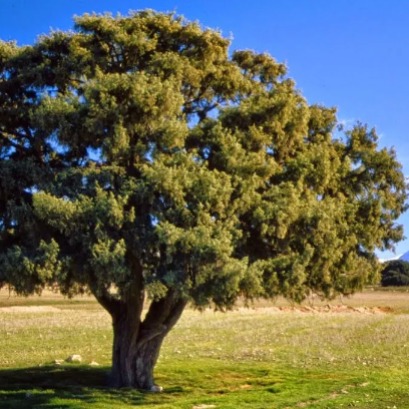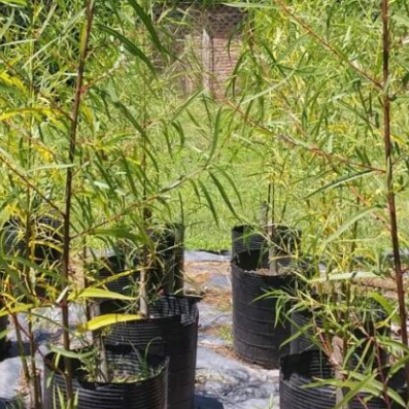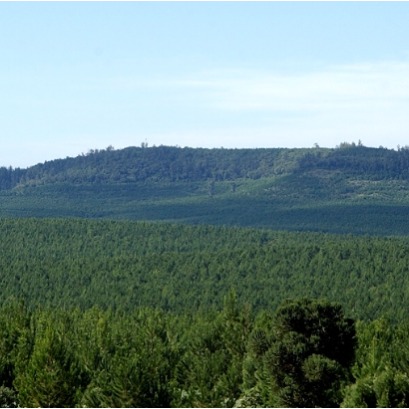
The incredible 47,000 -year -old tree who lived with mammoths and saber tigers
Thousands of years ago on planet Earth a tree lived next to mammoths and sabable tigers, scientific evidence proves its extinction for human activities.
Trees are essential from the formation of planet Earth. These provide essential resources, contribute to the ecological balance and play a crucial role in the health and quality of life of the communities. In the heart of the angels, the renowned tar wells of the break, famous for their megafauna fossils of the Pleistocene, have provided a significant find for the historical and climatic understanding of the region. We tell you about this tree with thousands of years on the planet Earth. The incredible 47,000 -year -old tree who lived with researchers have identified a kind of fossil juniper, the Juniperus Scopulorum, a tree that disappeared locally thousands of years ago. This discovery provides crucial information about climate evolution and offers valuable perspectives to face current environmental challenges. The study, published in New Phytologist, combines advanced techniques to trace the local extinction of this species of tree, which inhabited the area for approximately 47,000 years until its disappearance at the end of the Pleistocene. The extinction of this tree coincides with the loss of large mammals such as mammoths and tigers saber teeth, evidencing the joint influence of climate changes and human activities in the transformation of ecosystems. What does the disappearance of this tree mean? A pattern of alternation was identified between two species of junctions: Juniperus Californica, drought resistant, and Juniperus Scopulorum, sensitive to aridity and associated with more humid conditions. This dynamic reflects historical climatic fluctuations so far. Through detailed morphological analysis and electronic microscopy, the species was confirmed. Its extinction is attributed to the reduction of favorable habitats, the increase of natural fires and those caused by humans, to which the juniors are particularly vulnerable. This finding has important implications for current conservation, since modern junctions show signs of climate stress similar to those that led to the extinction of this tree. Understanding these historical processes can guide strategies to mitigate the effects of climate change in California ecosystems and related regions.
IT MAY INTEREST YOU
 INTA Delta begins propagation of seven Creole willow clones for ecological restoration in Paraná
INTA Delta begins propagation of seven Creole willow clones for ecological restoration in Paraná
As a result of the rescue, domestication and registration work carried out by Teresa Cerrillo, a leading researcher in Salix Genetic Improvement, within the framework of the National Genetic and Forest Resources Programs of INTA, the multiplication and propagation of seven clones of Creole willow (Salix humboldtiana) began recently registered in the National Seed Institute (INASE) by INTA Delta del Paraná.
 The DNA of forests: they discover what makes a tree resist drought
The DNA of forests: they discover what makes a tree resist drought
An international team, with the participation of INTA and Conicet, discovered that genetics can be decisive for trees to better resist droughts
 Free seminar on the implementation of the European EUDR regulation on deforestation-free wood products
Free seminar on the implementation of the European EUDR regulation on deforestation-free wood products
The Argentine Forestry Association (AFoA) organizes the seminar «EUDR in Forest Products: Current status of implementation. Regulatory requirements and private experiences", which will take place on Wednesday, November 26, from 11:00 a.m. to 12:00 p.m., via Zoom, with live streaming on YouTube. The European Regulation on Deforestation-Free Products (EUDR) will enter into force on December 31, 2025 and will impose new requirements for forest products entering the European Union market.





















